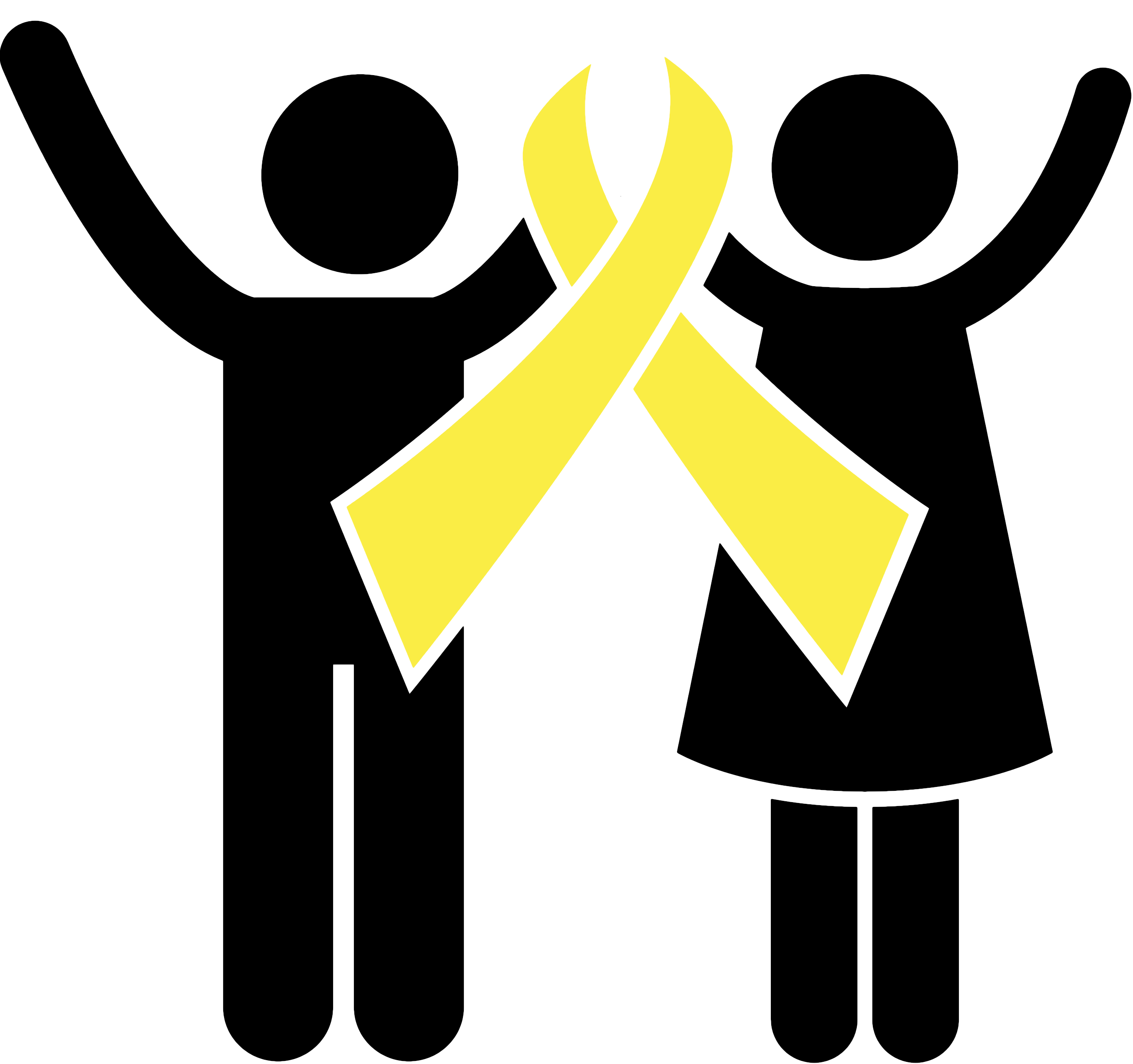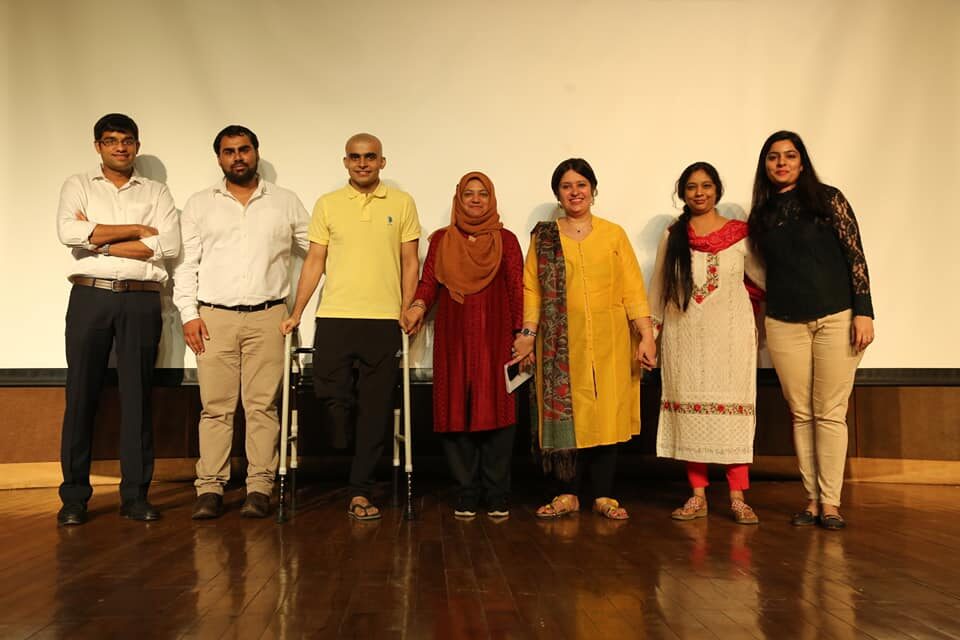What is Chordoma
Chordoma is a slow growing tumor that can occur anywhere within the spine or the base of the skull. These tumors are considered malignant and may metastasize, though they typically grow slowly.
What causes chordomas?
There is evidence that a person can have a higher risk of chordoma by inheriting an altered gene from a parent. However, other cases of chordoma happen to people who have no family history of chordoma. Moreover, there are reports that children who have a genetic condition called tuberous sclerosis complex, have a higher incidence of developing chordomas.
Is chordoma a type of cancer?
Yes. Cancer is a term for a disease in which abnormal cells divide uncontrollably, invade other tissues, and can spread to other parts of the body. We now know that chordoma does invade other tissues and can spread, even though it is very slow-growing in most cases.
What are the symptoms of chordoma?
- Chordomas can press on the spine, brain and nerves as they grow.
- It can cause pain and nerve problems specific to the part of the brain or spinal cord where they are located.
- Tingling
- Numbness
- Weakness
- Lack of bladder or bowel control
- Sexual dysfunction
- Vision problems
- Endocrine problems
- Swallowing difficulties
- If the chordoma has grown very large, you may be able to feel a lump.
Chordoma Diagnosis
- Magnetic resonance imaging (MRI)
- Computed tomography (CT) scans
- PET CT scan
- a needle biopsy, during which your doctor will use a needle to gather a small sample of the tumor for biopsy in order to confirm the diagnosis.
- For mobile spine and sacral tumors, a trocar CT-guided biopsy is recommended before any treatment is planned.
Should family members or children of chordoma patients be concerned about getting chordoma?
- The vast majority of chordomas occur at random and not as a direct result of an inherited genetic trait. There are only a handful of known cases where multiple members of the same family are affected by chordoma. This indicates that in these very rare instances, a strong genetic predisposition for chordoma can be inherited. If only one person in a family has been diagnosed, it is extremely unlikely that any other family members are at risk for developing chordoma.
- However, if more than one person in a family has been diagnosed with chordoma, other blood relatives may be at higher risk than the general population.
What factors affect chordoma prognosis and risks?
- It includes the patient’s age, type of chordoma, size and location of the tumor, method of treatment, extent of resection, and other factors. Only doctors can advise about your individual prognosis and risks. It’s very important that this advice comes from doctors who have experience treating chordoma.
Do radiation work for chordoma ?
All tumors are sensitive to radiation therapy, but different tumors require different doses of radiation to be destroyed. Sophisticated radiation techniques, such as proton beam therapy, can deliver high doses of radiation to a tumor. Chordomas, however, need a significantly higher dose of radiation therapy to be destroyed — a dose too toxic for the body to endure.
Carbon-ion radiation has recently been developed for treating tumors. Carbon-ion facilities currently are only in Japan, Italy and Germany. Furthermore, researchers at these facilities hope to learn whether carbon-ion radiation may be effective on chordomas.
Do chemotherapy work for chordoma ?
Chemotherapy is also not an effective first-line treatment for chordomas. Patients with reoccurring tumors may, however, be candidates for clinical trials. In line with this, the physician will look at the genetic makeup of the patient’s tumor and weigh whether personalized medicine involving chemotherapy would be beneficial.
What are the treatment for chordoma ?
- There are no drugs currently approved to treat chordoma. The clinical trials conducted in Italy using the PDGFR inhibitor Imatinib demonstrated a modest response in some chordoma patients.
- Erlotinib like EGFR inhibitors has been also reported to be effective in Chordoma. Although, EGFR mutation is not present in chordoma yet EGFR expression might predict response to erlotinib.
- Another treatment involves pre-operative planning, surgery (the procedure is called an en bloc resection, meaning a complete removal of the entire tumor, including any surrounding tissue where cancerous cells may have invaded) and postoperative therapy.
- Radiation therapy is generally recommended after surgery to kill any remaining tumor cells. Sometimes radiation is given before surgery to reduce the risk of the tumor spreading during surgery.
Do diet or lifestyle make a difference?
There is no specific diet or lifestyle that chordoma patients should adhere to. However, in general it is a good idea to eat a healthy diet and stay in good physical shape.
What is the life expectancy for chordoma patients?
- It is important to remember that the prognosis for each person is unique, and depends on many different factors, including the patient’s age, type of chordoma, size and location of the tumor, method of treatment, extent of resection, and other factors.
- With appropriate treatment, many chordoma patients will live for a decade or more, and some can be cured.
How should patient with chordomas be monitored after treatment ?
Because of the likelihood of chordoma regrowth, you will need to take charge of your continuing recovery with consistent follow-up.
You will need to be in regular follow-up to ensure the chordoma isn’t returning. It often involves an MRI evaluation every 6 months.

